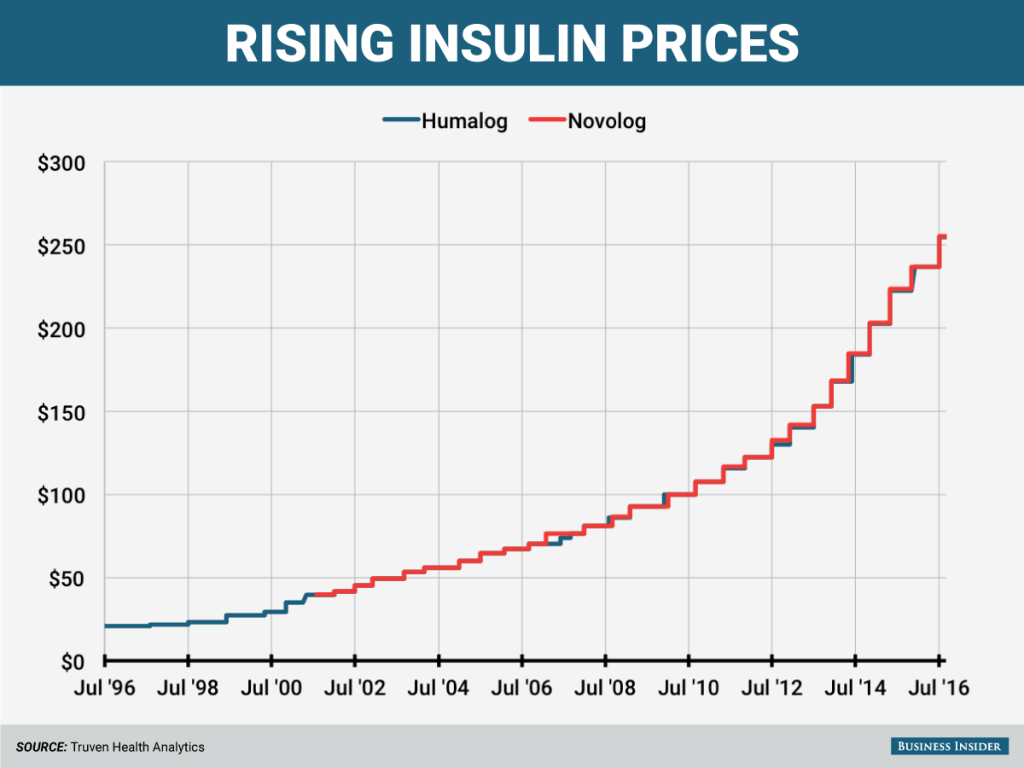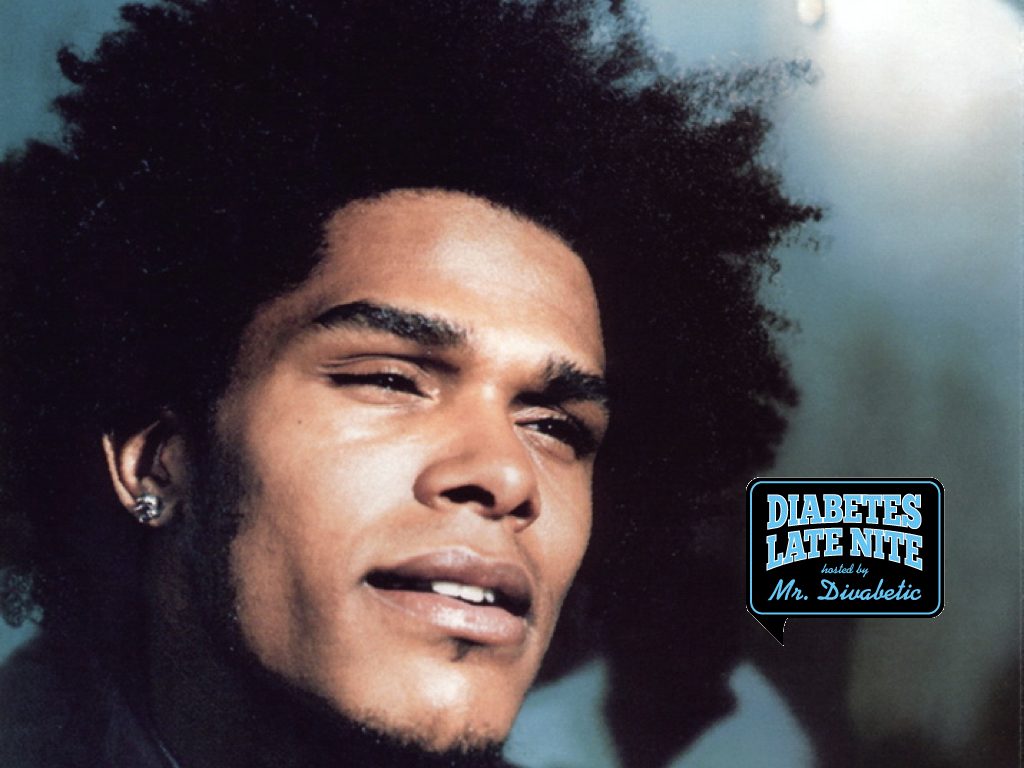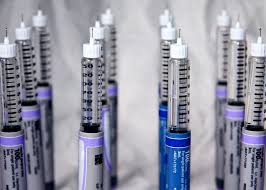Heart attack, panic attack, and hypoglycemic reaction (low blood glucose) have symptoms which are common to all three conditions. However, treatment for all three are very different.
Symptoms of a Heart Attack:
Shortness of breath
Pressure, tightness, pain, or a squeezing or aching sensation in your chest or arms that may spread to you neck, jaw, shoulder, or upper back. (Note: women may have a heart attack without chest pain.)
Indigestion, heartburn or abdominal discomfort
Nausea or vomiting
Cold sweat
Lightheadedness or sudden dizziness
Unusual fatigue
Symptoms of a Panic Attack:
Sensations of shortness of breath or being smothered
Over-breathing (hyperventilating)
Nausea or abdominal distress
Dry heaving and/or gagging
Sweating
Feeling dizzy, unsteady, lightheaded or faint
Feeling of choking
Palpitations and/or accelerated heart rate
Chills or hot flushes
Trembling or shaking
Numbness or tingling sensations
Fear of losing control or going insane
Feeling that death is imminent
Symptoms of a Hypoglycemic Reaction (Low Blood Glucose):
Rapid heartbeat
Blurry vision
Sudden nervousness
Unexplained fatigue
Pale skin
Headache
Hunger
Shaking
Dizziness
Skin tingling
Sudden mood changes
Trouble thinking clearly or concentrating
Loss of consciousness, seizure, coma
What You Should Know About a Heart Attack
Heart disease is the most common cause of death for both women and men in the United States. However, of the nearly 500,000 heart attack deaths that occur each year, more than 239,000 are in women. Women’s symptoms may occur more often when women are resting. Mental stress may trigger heart attack symptoms in women. Sweating is typical for a heart attack, as is nausea, especially for women. Women of all ages should take heart health seriously. Women under the age of 65, and especially those with a family history of heart disease, need to pay close attention to heart disease risk factors. A heart attack is dangerous, and requires prompt medical attention.
You can’t deep-breathe your way out of a heart attack, but you can deep-breathe your way through a panic attack. If you feel your heart is racing, breathe in through your nose and out through your mouth several times in a row. If it helps, you’re probably just panicking. If it’s a heart attack, that deep-breathing is going to hurt.
What You Should Know About a Panic Attack
A panic attack is very sudden in onset and includes an intense fear and anxiety. Panic attacks will be over within 10 minutes (and often less), while heart attacks can last much longer. During a panic attack your body goes into fight or flight mode – your breathing rate increase, muscles tense, and heart rate quicken. A panic attack imposes no immediate danger; it is not going to cause a heart attack. Though it can feel like it, a panic attack won’t kill you.
What You Should Know About a Hypoglycemic Reaction (also known as an Insulin Reaction)
The American Diabetes Association defines hypoglycemia, or low blood glucose, in terms of two levels. Level 1 is when the blood glucose level is lower than 70 mg/dL. Level 2, known as severe hypoglycemia, is when the blood glucose level is lower than 54 mg/dL and requires the assistance from another person to treat. Severe hypoglycemia is classed as a diabetes emergency. If you experience any of the symptoms of hypoglycemia, even if you suspect anxiety, you should check your blood glucose. If you have low blood glucose and it causes symptoms, do not ignore it. Low blood glucose can be potentially life-threatening.
How to Treat a Heart Attack:
Call 911 or your local emergency number. Whenever you’re in doubt about your symptoms, seek care without delay. Only medical tests can rule out the possibility of a heart attack.
Chew and swallow an aspirin, unless you are allergic to aspirin or have been told by your doctor never to take aspirin.
Take nitroglycerin, if prescribed.
Begin CPR if the person is unconscious.
Lifestyle Changes to Reduce the Risk of Heart Disease:
Quit or don’t smoke.
Exercise regularly.
Maintain a healthy weight.
Eat a healthy diet that includes whole grains, a variety of fruits and vegetables, low fat or fat-free dairy products, and lean meats. Avoid saturated or trans fat, added sugars, and high amounts of salt.
How to Treat a Panic Attack:
Use deep breathing. While hyperventilating is a symptom of panic attacks that can increase fear, deep breathing can reduce symptoms of panic during an attack.
Close your eyes. Some panic attacks come from triggers that overwhelm you. To reduce the stimuli, close your eyes during your panic attack. This can block out any extra stimuli and make it easier to focus on your breathing.
Find a focus object. Some people find it helpful to find a single object to focus all of their attention on during a panic attack. Pick one object in clear sight and consciously note everything about it.
Picture your happy place. What’s the most relaxing place in the world that you can think of and picture yourself there; try to focus on the details as much as possible. This place should be quiet, calm, and relaxing.
Lifestyle Changes to Manage Panic Symptoms:
Avoid caffeine, alcohol, smoking and recreational drugs. All of these can trigger or worsen panic attacks.
Practice stress management and relaxation techniques. For example, yoga, deep breathing and progressive muscle relaxation may be helpful.
Get physically active. Aerobic activity may have a calming effect on your mood.
How to Treat a Hypoglycemic Reaction:
Early symptoms can usually be treated by following the 15-15 rule. Eat or drink 15 grams of a fast-acting carbohydrate. Fast-acting carbohydrates are foods that are easily converted to sugar in the body, such as glucose tablets or gel, fruit juice, or regular soda (not diet soda).
Check your blood glucose again in 15 minutes. If it is still low (below 70 mg/dL) repeat the step above.
If your next meal is more than an hour away, you will need to eat one carbohydrate choice as a snack (along with protein) to keep your blood glucose from going low again.
If you have type 1 diabetes and your blood glucose drops too low, you may pass out. If you do, a drug called glucagon should be injected into your skin, like you do with insulin This can be done by a family member or friend who has been taught how to do it. Since glucagon may cause you to vomit, you should be placed on your side when the injection is given. If no one knows how to give the injection, you should be taken to a hospital. You need a prescription for a glucagon kit. You should awaken about 10 minutes after the glucagon is injected. If you do not, you should be taken to a hospital at once.
Lifestyle Changes to Manage Blood Glucose:
Pay attention to feelings of hunger and give your body what it needs to function properly.
Always carry a fast-acting carbohydrate with you in case you need to treat an insulin reaction.
If you can’t figure out why you have low blood glucose, call your healthcare provider, as your medicine may need to be adjusted.
Understanding the symptoms for heart attack, panic attack, and hypoglycemia is important so you can receive the right treatment. In addition, it’s also important to make lifestyle changes to reduce your risk of heart attack, manage panic symptoms, and manage blood glucose.

Dr. Beverly S. Adler, aka “Dr. Bev”, is a clinical psychologist and Certified Diabetes Educator with a private practice in Baldwin, NY. She was honored in 2016 with the “Certified Diabetes Educator Entrepreneur of the Year Award.”
She is the author/editor of two diabetes self-help books which include insightful lessons of empowerment written by successful men and women with diabetes. She has published articles in print and online about diabetes management – always with the focus on emotional adjustment. Dr. Bev has been quoted in numerous magazines and contributed to a monthly diabetes advice column online. She is a frequent contributor to the Divabetic Diabetes Daily Wire, where she blogs about diabetes topics from the psychological perspective.
Dr. Bev has lived successfully with type 1 diabetes for 42 years. You can connect with her on her website www.AskDrBev.com and on Twitter @AskDrBev.
Join us for Clued Inn Escape Room, the first-ever, free Diabetes & Heart Health Escape Room Experience on National Diabetes Alert Day, Tuesday, March 26, 2019, 5- 10PM in New York City. Sponsored by Boehringer Ingelheim. Space Limited. BOOK NOW















 : if you’re taking insulin, One Drop provides the average total daily insulin and the breakdown into %basal and %bolus insulin.) What’s your average daily activity, and how does that seem to be affecting BG numbers?
: if you’re taking insulin, One Drop provides the average total daily insulin and the breakdown into %basal and %bolus insulin.) What’s your average daily activity, and how does that seem to be affecting BG numbers?










